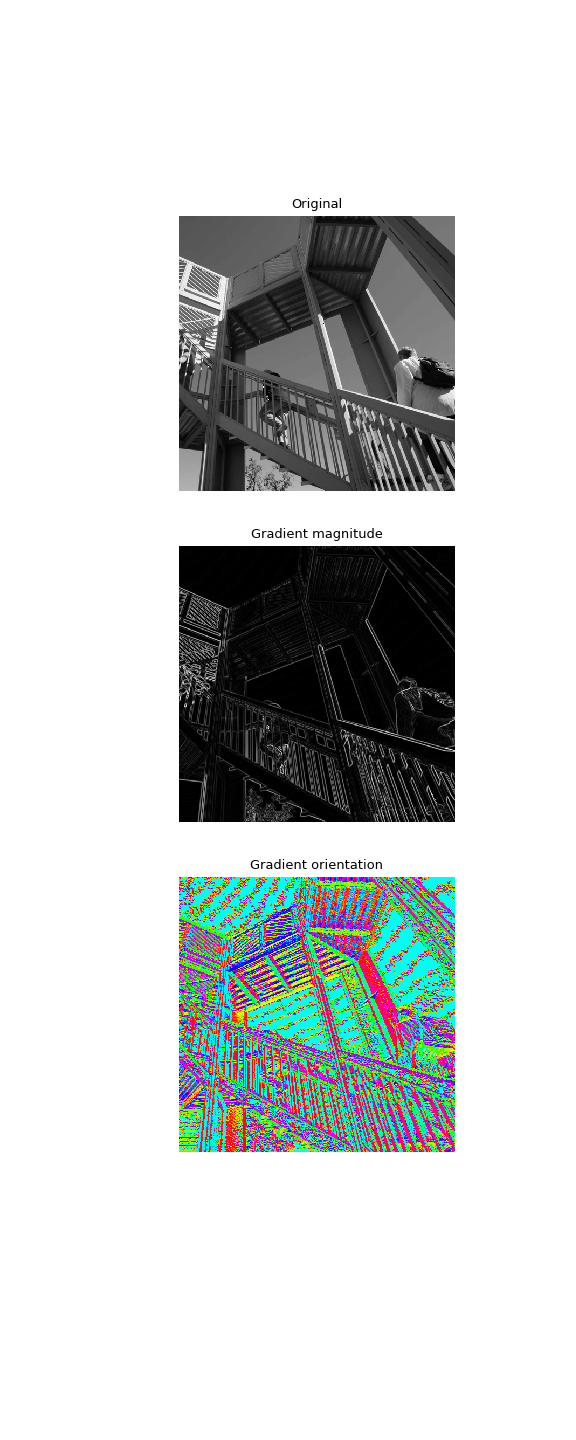scipy.signal.convolve2d¶
-
scipy.signal.convolve2d(in1, in2, mode='full', boundary='fill', fillvalue=0)[source]¶ Convolve two 2-dimensional arrays.
Convolve in1 and in2 with output size determined by mode, and boundary conditions determined by boundary and fillvalue.
- Parameters
- in1array_like
First input.
- in2array_like
Second input. Should have the same number of dimensions as in1.
- modestr {‘full’, ‘valid’, ‘same’}, optional
A string indicating the size of the output:
fullThe output is the full discrete linear convolution of the inputs. (Default)
validThe output consists only of those elements that do not rely on the zero-padding. In ‘valid’ mode, either in1 or in2 must be at least as large as the other in every dimension.
sameThe output is the same size as in1, centered with respect to the ‘full’ output.
- boundarystr {‘fill’, ‘wrap’, ‘symm’}, optional
A flag indicating how to handle boundaries:
fillpad input arrays with fillvalue. (default)
wrapcircular boundary conditions.
symmsymmetrical boundary conditions.
- fillvaluescalar, optional
Value to fill pad input arrays with. Default is 0.
- Returns
- outndarray
A 2-dimensional array containing a subset of the discrete linear convolution of in1 with in2.
Examples
Compute the gradient of an image by 2D convolution with a complex Scharr operator. (Horizontal operator is real, vertical is imaginary.) Use symmetric boundary condition to avoid creating edges at the image boundaries.
>>> from scipy import signal >>> from scipy import misc >>> ascent = misc.ascent() >>> scharr = np.array([[ -3-3j, 0-10j, +3 -3j], ... [-10+0j, 0+ 0j, +10 +0j], ... [ -3+3j, 0+10j, +3 +3j]]) # Gx + j*Gy >>> grad = signal.convolve2d(ascent, scharr, boundary='symm', mode='same')
>>> import matplotlib.pyplot as plt >>> fig, (ax_orig, ax_mag, ax_ang) = plt.subplots(3, 1, figsize=(6, 15)) >>> ax_orig.imshow(ascent, cmap='gray') >>> ax_orig.set_title('Original') >>> ax_orig.set_axis_off() >>> ax_mag.imshow(np.absolute(grad), cmap='gray') >>> ax_mag.set_title('Gradient magnitude') >>> ax_mag.set_axis_off() >>> ax_ang.imshow(np.angle(grad), cmap='hsv') # hsv is cyclic, like angles >>> ax_ang.set_title('Gradient orientation') >>> ax_ang.set_axis_off() >>> fig.show()

